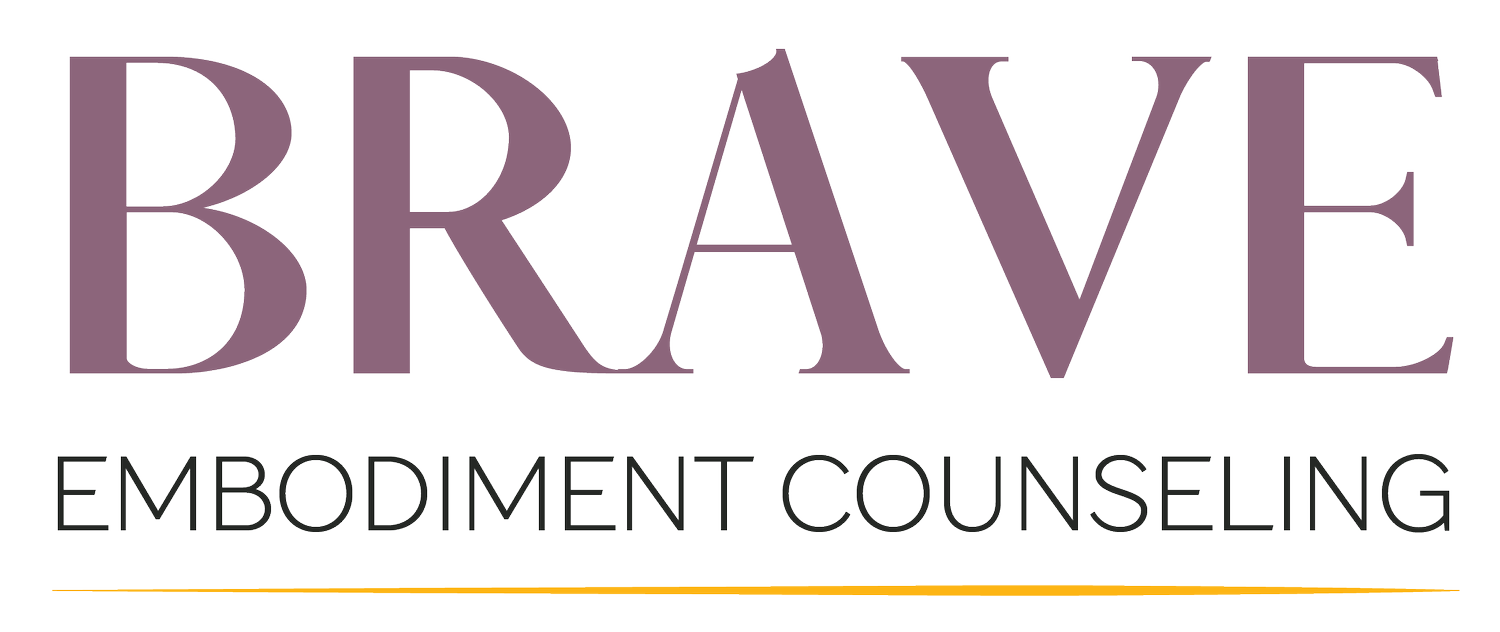What is IFS (Internal Family Systems)?
This week, we will be taking a look at Internal Family Systems (IFS).
So what exactly is IFS?
Well, it is an integrative, evidence-based modality developed by Richard Schwartz that assumes:
We all have multiple sub-personalities, or parts of self
All parts have positive intentions
Everyone has a source of infinite wisdom, compassion, and courage called the Self
Some Parts take on extreme roles due to stress and trauma
The way we relate to our internal system affects our sense of internal and external wellness
You know the movie Inside Out, where the little girl has different characters in her head who take control depending on what situation she is in? Yeah, its a lot like that.
Schwartz breaks down our internal system into the Self and three categories of parts. Check out the diagram below:
Some Important takeaways:
Managers and Firefighters are both Protectors that try to keep us safe from pain and uncomfortable emotions
Exiles are parts that hold difficult emotions and have been pushed away, or exiled, from the rest of the system. A lot of times, protectors highly dislike these parts
The Self can not be destroyed. At your core, you have an infinite source of wisdom, understanding, and stability. HOW COOL!
What Does an IFS Session Look Like?
Ok, so it's great IFS has all of these ideas but what does an actual IFS session look like?
Let's take a look at the steps:
1) Check-in about current experiences
Goal: Figure out which parts are most present ( i.e. blended with the Self)
Are you mad at your boss?
Are you having difficulty making a decision?
Are you unable to decrease your anxiety but don't know why?
Ok, let's go back to Inside Out. Remember how there were different parts (ex. anger, joy, sadness) that took control at certain times? It's like your therapist is checking to see which part(s) have fully or partially taken control.
2) Engage in Meditation/Visualization/Body Scan
Goal: Access Self and get distance from the parts that are taking over (i.e. unblend from parts)
There are many ways to access Self and your therapist will typically guide you through an exercise to do so. Many times, this includes aspects of meditation, mindfulness, and visualizations.
You know you are in Self when you experience the 8 C's. Click here to learn more about them.
3) Engage in internal dialogue with your activated parts
Goal: Get an understanding of the parts' messages and what they need
Ok, ok, ok...we know how this sounds. Bear with us though!
Your clinician will walk you through a step-by-step process to get to know your parts.
Some things you might learn about them:
How the part came to be
What role it plays in your system (ex. manager, firefighter, exile)
What it needs to share with you
What it needs from you to feel better
4) Invite Self to witness Exile's childhood origin story
Goal: Heal pain and release limiting beliefs (i.e. retrieve and unburden Exile)
If you have successfully come to know and build trust with your parts, you may be able to access an Exile's childhood origin story. Through visualization and internal dialogue, you will bear witness to the exile's pain, reparent it, and retrieve it from the past to bring to the present.
This deeper healing work is what releases old pain, erases limiting beliefs, and creates more harmony in the internal system. Many clients report feeling a greater sense of ease, confidence, and self-trust after this type of work!
As a reminder, these are examples of possible steps an IFS therapist may take in session. Each therapist has their unique approach to parts work, which is part (see what we did there?) of what makes the therapeutic process special.
If you'd like to learn more about IFS and its processes, click here.
Want to try out IFS? Connect with us for a consultation at info@bravecounseling.com or 720-923-3033.
